In the night from 22. on the 23. October 1941 was perpetrated in the Ukrainian Odessa massacre – a crime that has long been hushed. An Initiative from Germany to the change.
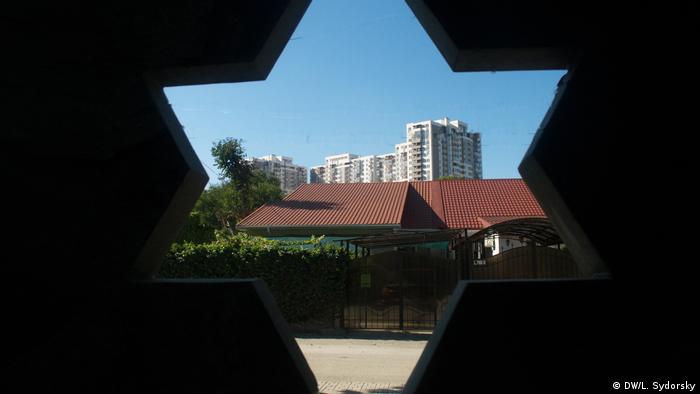
12. October 2018 Schalimovka, a new residential area on the outskirts of Odessa, the site of an extraordinary event. The ambassadors of Germany and of Romania to a find, the associations of Holocaust victims travel, a speech of the German Chancellor is read out, the Bremer RathsChor occurs and a reformed Rabbi speaks a Kaddish for the people who died in just one night in October 1941, in this place.
A commemorative event, which, like many others, to the countless crimes of the Nazi regime? Not quite. After all, the “massacre of Odessa”, especially perpetrated against Jewish civilians, is one of the “white spots” in the memory culture of the West. Romanian and German occupiers, Ukrainian collaborators, destroyed over 30,000 vulnerable people in life – women, children, prisoners of war. And no one has ever responsible – up to now, 77 years after the tragedy.
Forgotten Tragedy
Marie Luise Beck wants to change the state. With your “center of Liberal Modernity” has not organized the former spokeswoman of the Greens for Eastern Europe policy, only the event but also the official German as well as Romanian side to stand together in their responsibility to. The German and the Romanian Ambassador appear together at the place of horror, is a long overdue gesture. And a Sensation.
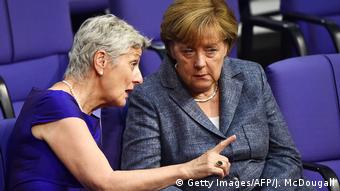
Marie Luise Beck, with Chancellor Angela Merkel
The organizationally extremely complex Initiative is the result of a personal experience. “The idea arose a year ago, when I learned, to my horror, that I knew of the so-called ‘small Babi Yar’ in Odessa nothing,” says the politician. She actually came in the company of the Bremer RathsChors that operates with the Odessa Philharmonic orchestra, a successful musical Joint Venture. Coincidentally, the musician and her companion were in a backyard to a Holocaust Museum, which is run by volunteer activists. After the visit, they saw the radiant city of Odessa by other eyes. Marie Luise Beck wrote to the Chancellor, and received prompt support.
The massacre of Odessa: What happened in October of 1941?
“Everything is meticulously documented,” says Pavel Kozlenko. The 48-year-old lawyer directs volunteers established in 2009, the Holocaust-Museum of Odessa. 16. October 1941 is abandoned Odessa after two and a half months of fierce battle the Red army. Romanian troops, reinforced by the German Wehrmacht, marched into the city – the “pearl of the Black sea” is a strategically important base. 250,000 inhabitants to stay in Odessa, 90.000 of them are Jewish.
On the evening of the 22. October is 18: 45 in the Romanian headquarters in the Marazlijewskaja-street, in the heart of the city, a bomb, believed to have been deposited prior to the abandonment of the city. 67 people die, including 16 Romanian and four German officers. Revenge is announced: For every dead officer 200 “Bolsheviks must be done”, for every soldier 100. The Problem is that There are in the occupied city of no “Bolsheviks”, and also hardly any adult men, with the exception of the 3000 prisoners of war. The men of Odessa are already in the army or with the partisans. The revenge is practiced on the Jewish civilians.
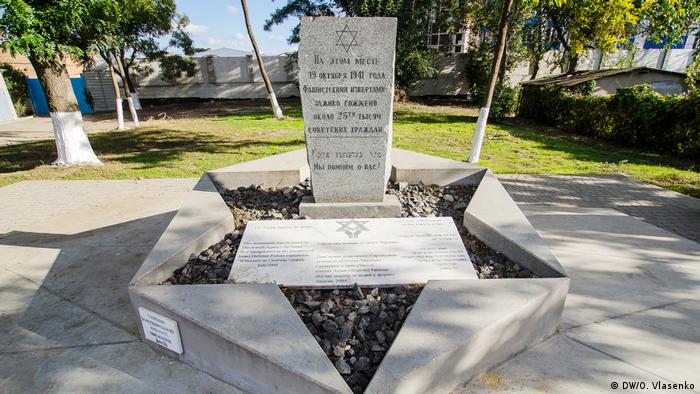
A small monument commemorates the thousands of Murdered
The actual massacre in the night of may 22. on the 23. October. In nine empty ammunition warehouse on the outskirts of the city up to 30,000 people are locked up: 3000 prisoners of war, and many Jewish civilians. The attempt to kill you fails. The people stand closely. To destroy them, doused the building with gasoline and set on fire.
“After the war, convened a special Commission has pushed arrows into the ground and the terrain measured. With the help of bone-blended ashes, the number of victims was calculated,” says Museum Director Kozlenko. In the weeks and months after the massacre in Odessa and in the whole territory of Transnistria to other cleansing actions.
Holocaust in the Ukraine
Pavel Kozlenko, proudly displays the numerous exhibits of the small Museum, put together by volunteers. State support there is not hardly: “You disturb us in our work, but also helps us.” The Museum needs a new building – the old one is dilapidated and threatens to collapse.
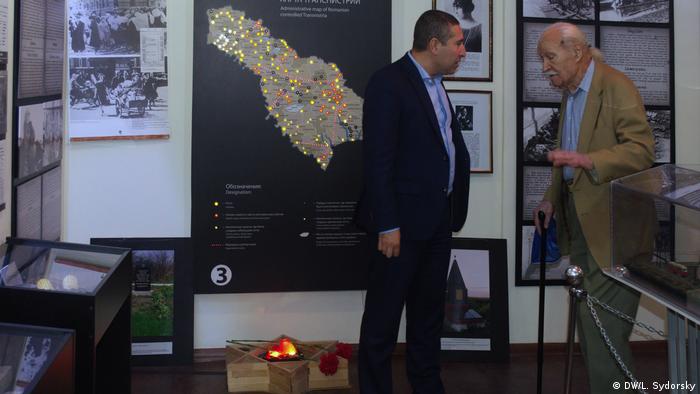
Pavel Kozlenko (left) with Holocaust Survivor Mikhail Zaslawsky. Behind him, the map shows where the execution of Jewish citizens took place in Transnistria.
From the point of view of Pavel Kozlenko, there is a lack in Ukraine of a centrally-controlled “politics of memory” in relation to the Holocaust. No state Museum commemorates the 1.5 million Jewish victims, no one cares officially to the numerous monuments erected by the Survivors after the war. Over 1500 execution places have identified volunteers and historians in the Ukraine, most of the victims were buried on the spot and not marked. “These places are usually not in the centre of the cities and villages, but on the edge,” says Pavel Kozlenko. “It was a pig barn, a disused factory on the outskirts of the city.”
Shooting as a killing method
From his point of view, the maintenance of such places would be the task of the Ukrainian state: “there is not a corresponding program, surprise me, to be honest. Ukraine has not recognized the Holocaust as a part of their own history, as a tragedy of Ukrainian citizens.”
Kozlenko refers to Timothy Snyder: The US-American historian and Holocaust researcher points out that the Holocaust in the public perception, synonymous with the industrial extermination in concentration camps with incinerators. “Holocaust by shooting,” as he was often exercised in the Eastern European shtetl of the SS and police battalion, will remain a white spot – in the West as in the East. In addition, unlike the concentration Camps, barely Surviving and little Traditions. “In Soviet times, the reminder was made of the landscape in addition to platt,” says Kozlenko. “There are no Jews were killed, but Soviet citizens.” Also his great-grandfather burned to death in the munitions store at Odessa in October 1941 – “as a Soviet citizen, but because he was a Jew.”
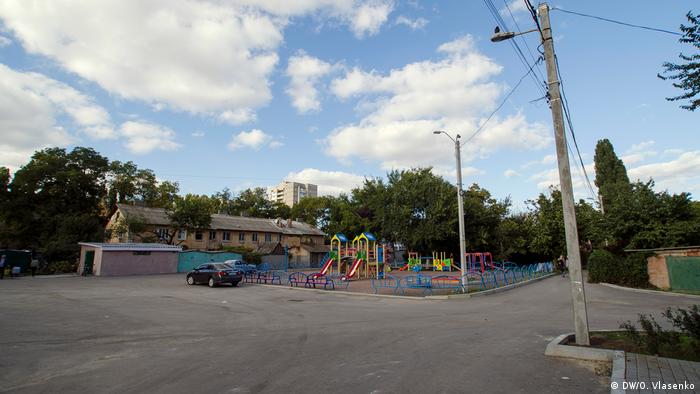
Place of horror: little reminder today of the tragedy
A commemorative event like no other
Children playgrounds, buildings, allotments – no more and no less than a small memorial today in Schalimovka about what happened in this place 77 years ago. Unlike at Auschwitz, there are no mountains of children’s shoes or glasses. Nevertheless, “when the heart is open, in the sense that in this place under the Asphalt, a shiver is hidden,” says Marieluise Beck. “Germany has to put a sign in the sense of the acceptance of a historic responsibility, which can be actually only a request for forgiveness, because there is no redress.”